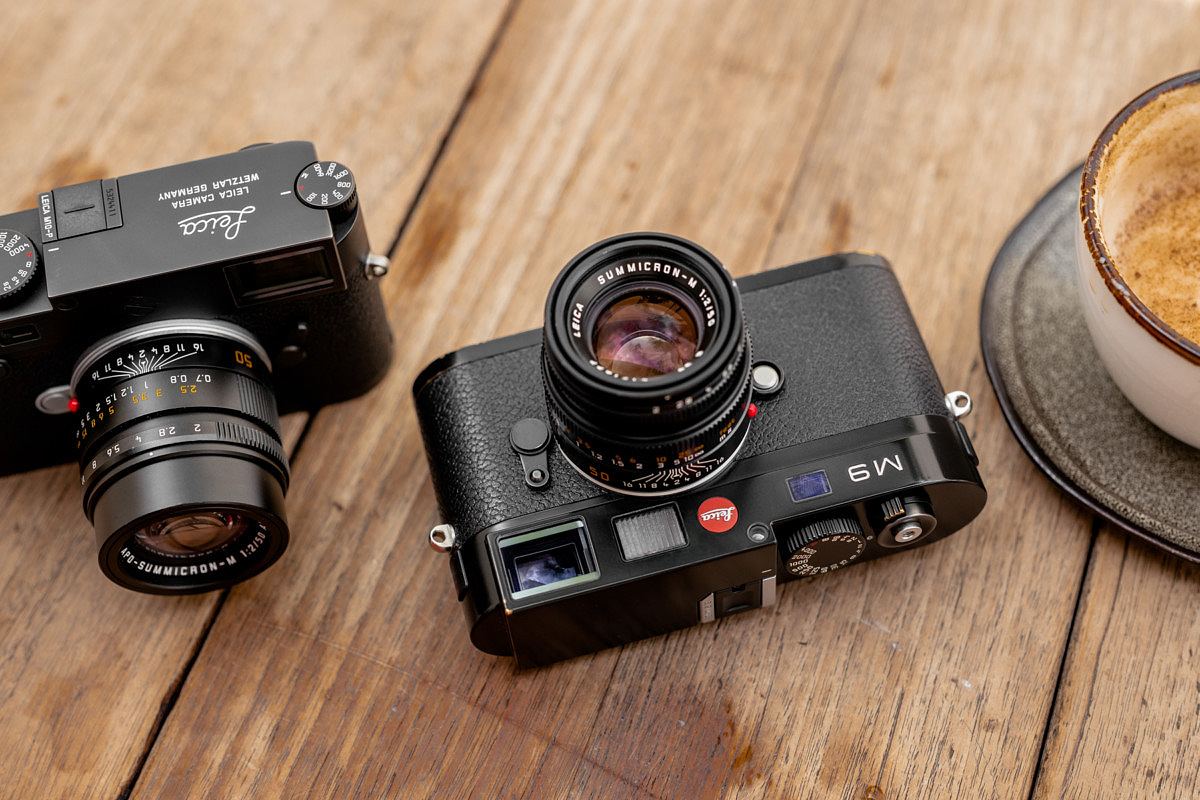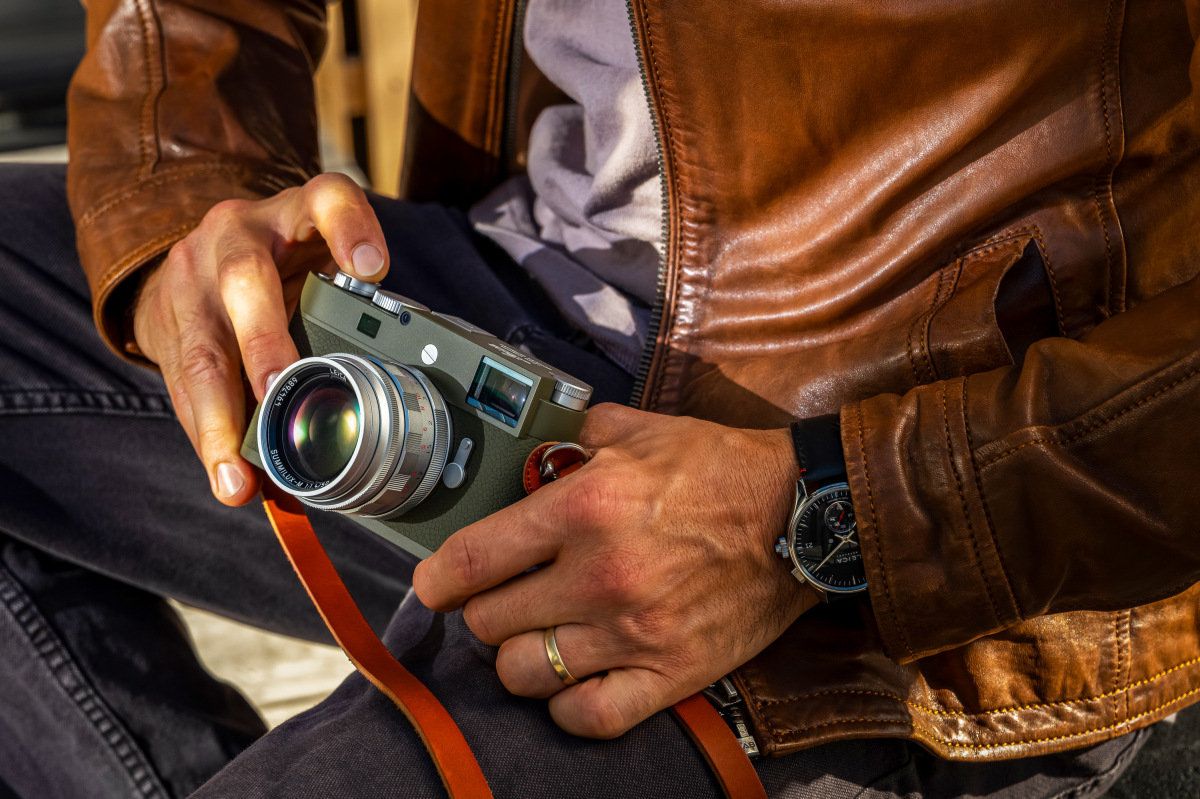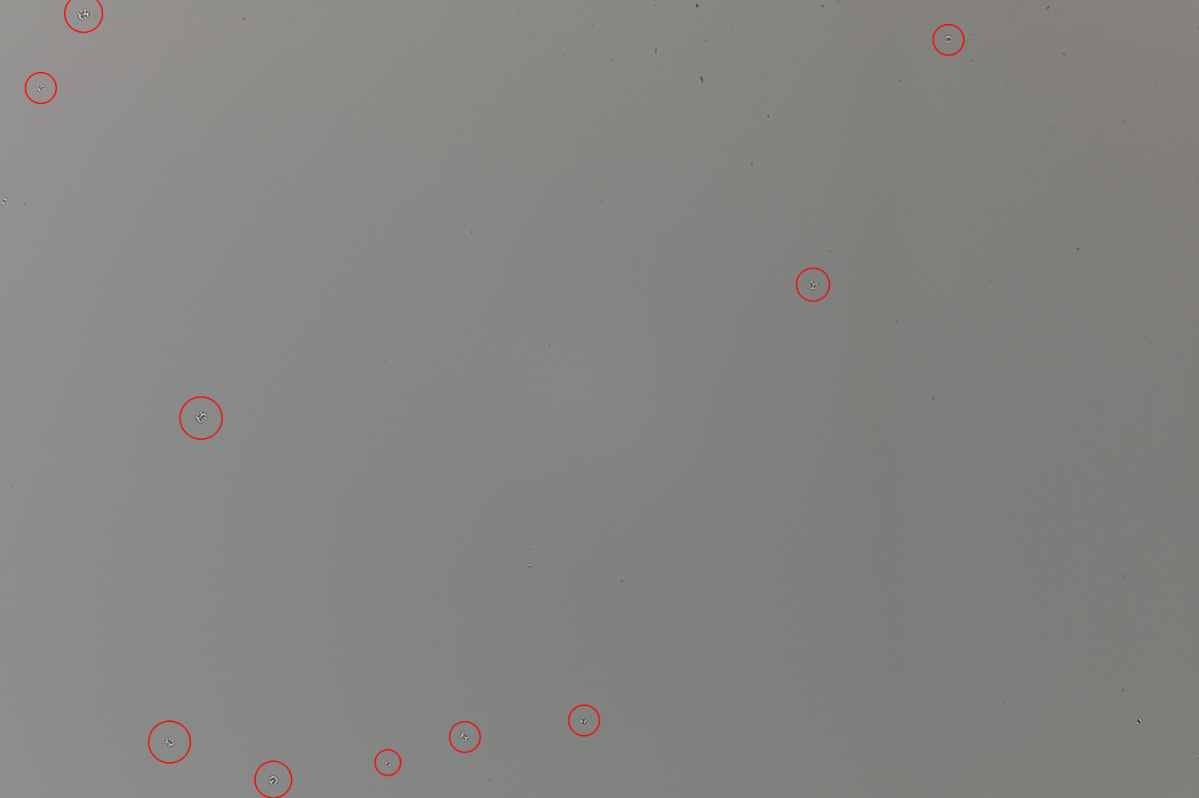Leica Camera has once again updated the CCD Sensor Corrosion Upgrade Program, which allows owners of affected M9-generation cameras to trade in toward select new Leica models. The latest revision introduces the Leica M11-P Safari and the Leica Q3 43 as options, with all previous upgrade choices remaining available. This marks the most comprehensive update to the program since analog models were added earlier this year, with lower pricing now applied to every digital and film-based option.
As we previously reported, corroded CCD sensors can no longer be replaced since the sensors are out of production. However, M9-generation owners can still take advantage of special pricing to upgrade to a current model, including the SL3, M11-P, M11-P Safari, M11 Monochrom, M6, MP, M-A, Q3, Q3 43, and Q2 Monochrom. Note that the upgrade cost remains the same for all CCD-based models (M9, M9-P, M-E (Typ 220), and M Monochrom).
In addition to the two new models, Leica has lowered upgrade pricing across the board, with reductions ranging from approximately $240 to $725 depending on the camera option. The adjustments make the transition to current-generation Leica cameras even more accessible for longtime M9 owners with sensor corrosion.

Upgrade Options and Pricing
| Upgrade Option | Upgrade Cost |
| Upgrade to Leica M11-P | $6,214 |
| Upgrade to Leica M11-P Safari | $6,627 |
| Upgrade to Leica M11 Monochrom | $6,417 |
| Upgrade to Leica SL3 Body with M-to-L Adapter | $4,999 |
| Upgrade to Leica Q3 | $4,255 |
| Upgrade to Leica Q3 | 43 Edition | $4,660 |
| Upgrade to Leica Q2 Monochrom | $4,187 |
| Upgrade to Leica M6 | $4,052 |
| Upgrade to Leica MP | $4,052 |
| Upgrade to Leica M-A | $3,984 |

Eligibility
As before, only M9, M-E, M9-P or original CCD-based M Monochrom cameras that exhibit sensor corrosion are eligible for the upgrade program. We can help you determine if your camera’s CCD sensor shows signs of corrosion. See below for instructions on shooting a proper test image and how to email us the file for evaluation.
How to tell if your camera has corrosion
If you think your camera may be exhibiting signs of CCD corrosion, you can email us a full resolution JPEG file and we are happy to evaluate it for you. Should your camera suffer from CCD corrosion, we can then discuss the best way to proceed with a camera upgrade. Here’s how to get us a full resolution image to check for corrosion:
- Set the camera to its base ISO setting
- Set the camera to shoot either DNG+JPEG or JPEG only
- Attach a lens to the camera (a 35mm or 50mm works best)
- Stop the lens aperture all the way down (f/16 or f/22 depending on the lens)
- For a subject, either a solid blue sky or a solid, light colored wall is ideal
- If shooting the sky, focus the lens to the closest distance. If shooting a wall, focus the lens at infinity (you want an image that is as out of focus as possible).
- Shoot an exposure of the wall or sky and be sure to move the camera around during the exposure (to blur any details in the image, as we want to only see what may be on the sensor)
- Email us the JPEG file for evaluation
Below is an example of an image from an M9 that is showing CCD corrosion, which is highlighted in red circles. You can see the white “halos” around the spots that indicate corrosion. The sensor also has numerous dust spots that can be cleaned, however it is important to see the difference between the regular dust (easily cleaned) and the corrosion spots.


I have a friend who checked, and apparently the M11P Safari is not included 🙁